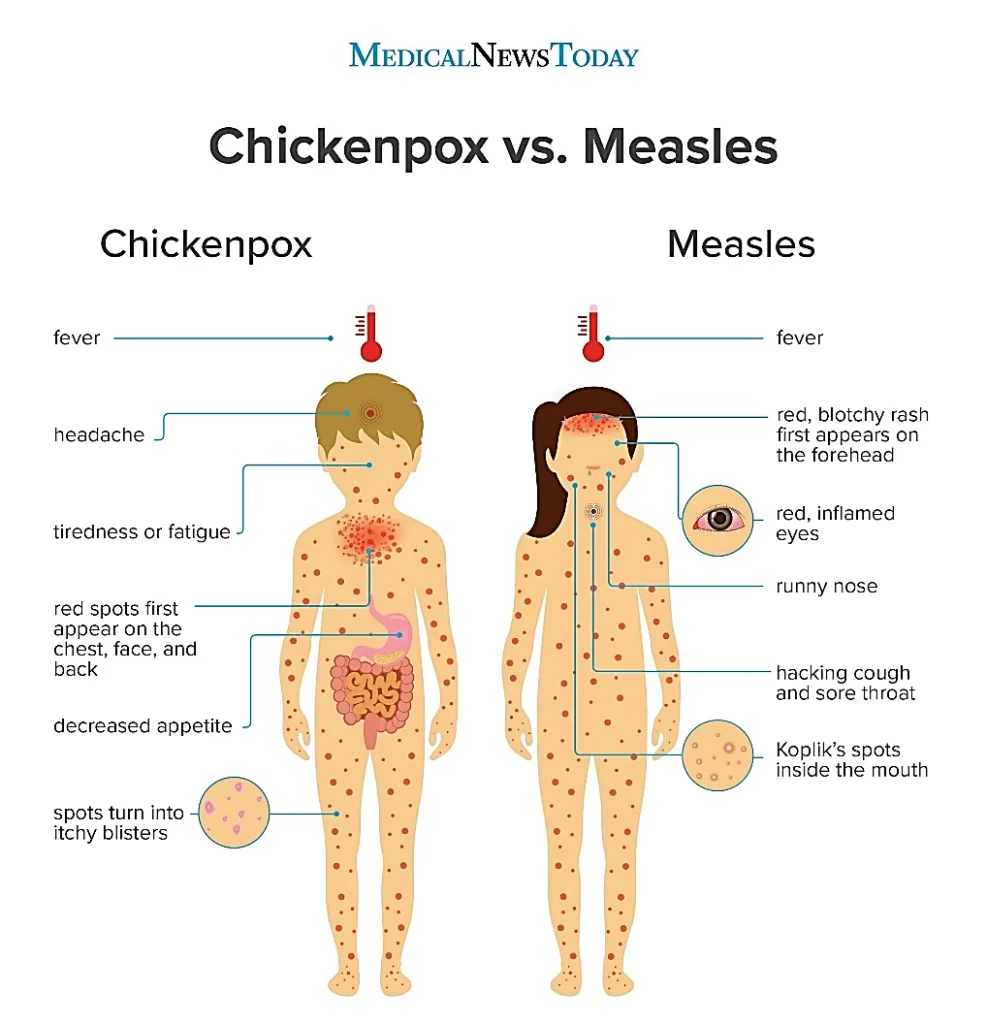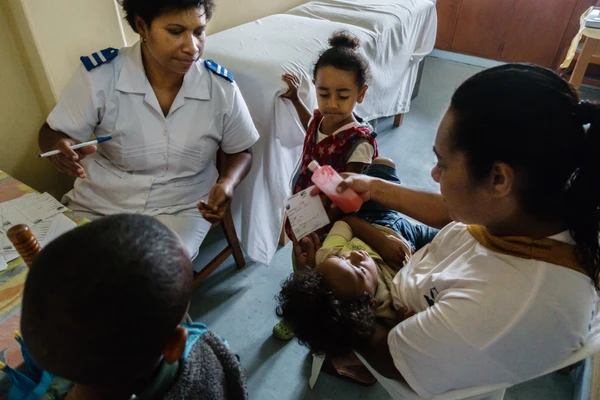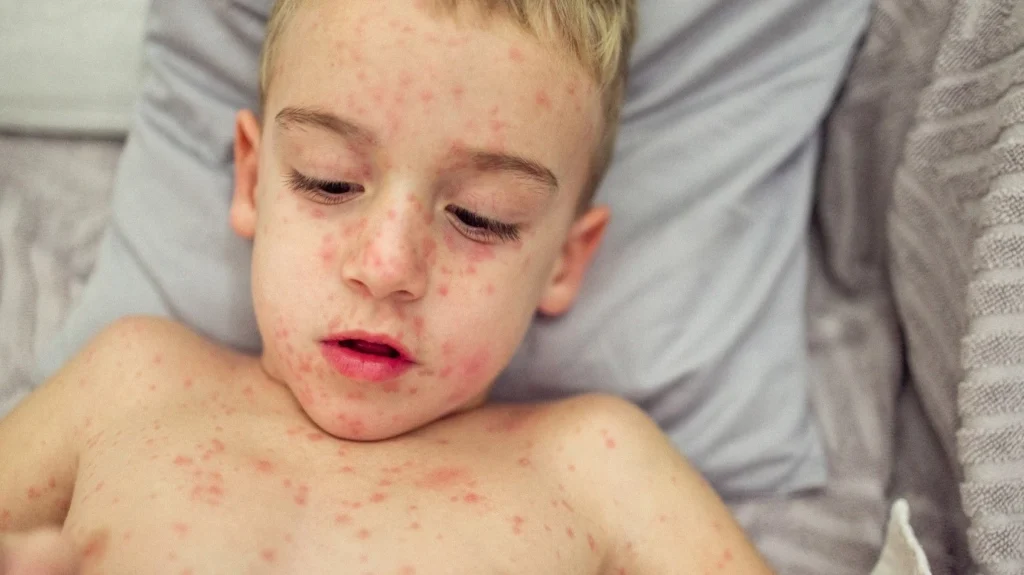The World Health Organization (WHO) has recently stated that more than half of the world’s countries will be at a high or very high risk of measles outbreaks by the end of 2024, if urgent action is not taken.
About the Measles:
- Measles is caused by a single-stranded RNA virus from the Morbillivirus genus in the Paramyxoviridae family, with humans as the only natural hosts.
- It is highly contagious, spreading through the air by infected persons’ breaths, coughs, or sneezes, and remains active on surfaces for up to 2 hours.
- The virus primarily infects the respiratory tract and then disseminates throughout the body, posing a risk to any non-immune individual.
Symptoms:
- Symptoms include high fever, cough, red and watery eyes, small white spots inside the cheeks, runny nose, and a body-wide rash, with severe cases potentially leading to blindness, encephalitis, severe diarrhoea, ear infections, pneumonia, or death.
- Pregnant women infected with measles may give birth to babies prematurely or with low birth weight.
- Symptoms typically appear 10-14 days after exposure, and the disease notably weakens the immune system, making it difficult for the body to remember how to fight other infections.
Treatment:
- Treatment includes the MMRV (Measles-Mumps-Rubella-Varicella) vaccine for children 12 months to 12 years old, with the first dose at 12 months and the second dose 3 months later.
- No specific antiviral therapy exists, but Vitamin A supplementation upon diagnosis helps prevent complications, with symptoms generally subsiding in 10 to 14 days.
- The MMRV vaccine is part of India’s Universal Immunization Program (UIP), launched in 1985 to combat 12 diseases, including measles.

Ref:Source
| UPSC IAS Preparation Resources | |
| Current Affairs Analysis | Topperspedia |
| GS Shots | Simply Explained |
| Daily Flash Cards | Daily Quiz |



